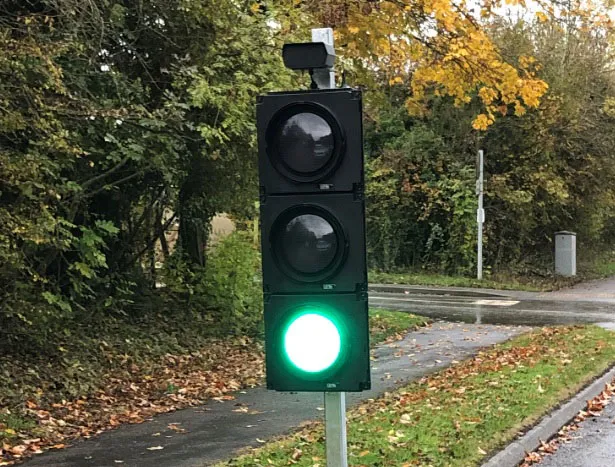
UK-based manufacturer SRL has developed traffic light detection technology to help minimise congestion and a portable CCTV product to improve surveillance and site security.
SRL says its Adaptive Detection System (ADS) supports local authorities and utility companies seeking to reduce congestion around their roadworks and cities.
The ADS technology can be used in conjunction with the Eurolight Master temporary and portable traffic lights and offers four-way control with advanced radar detection, the company adds.
The ADS detector monitors traffic flow and uses an algorithm to adjust the length of each cycle in response to volumes recorded throughout the day, including the accommodation of heavy goods vehicle start lag.
The CCTV product is expected to provide a 360-degree panoramic view and a perspective of the 180 degrees beneath the camera.
The company says the 360 Monitoring Portable CCTV features an embedded 2tb industrial grade solid state drive and an Axis camera capable of generating clear images in total darkness.
SRL is an Axis-approved partner.
Multiple units can be configured to create a single solution that can be viewed remotely via a smartphone or PC on one system.
SRL insists the solution is generating interest among organisations that want to promote the safety of lone workers.
SRL CEO Richard Tredwin says: “Both the ADS detector and 360 Monitoring Portable CCTV have been created in response to customer demand.”







